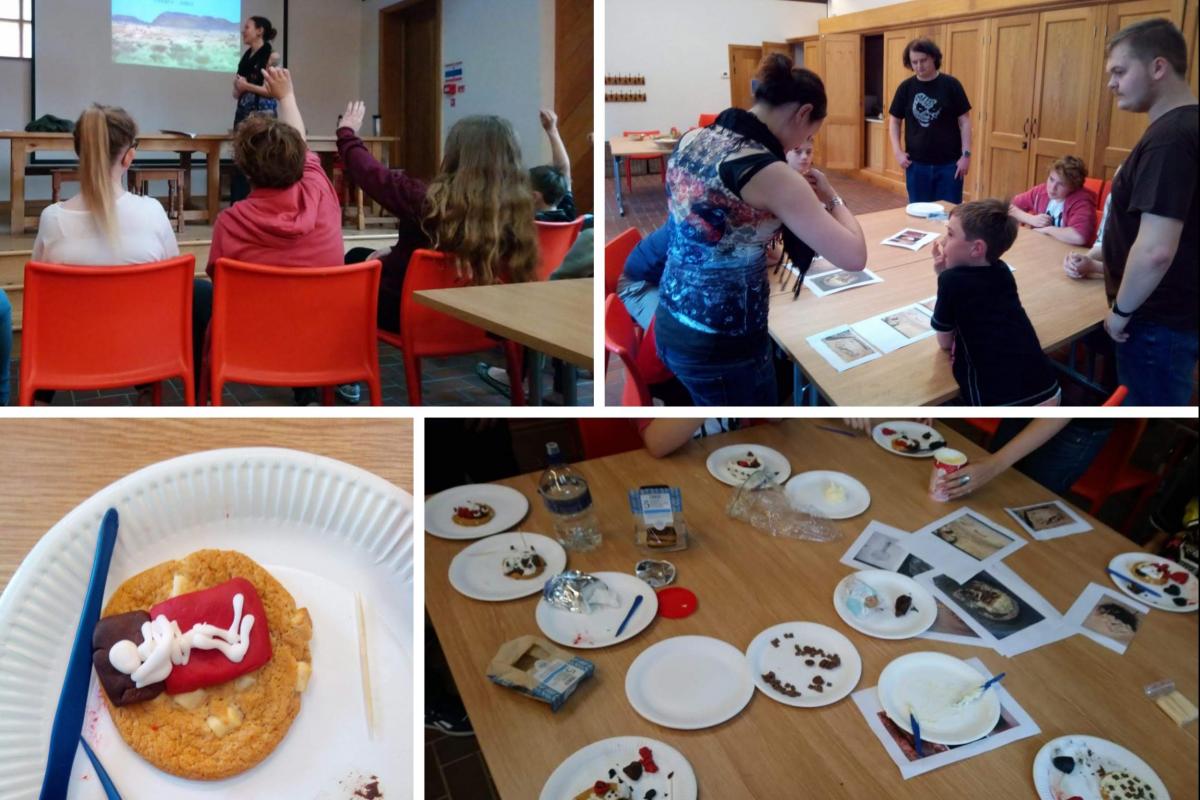I was recently invited to lead a session with the lovely Pontefract Young Archaeologists Club, focusing on the archaeology of Nubia (modern northern Sudan/Southern Egypt).
The session was designed to introduce the YAC group to the region, its historical significance and distinctive archaeology, focussing on the emergence and evolution of the Kingdom of Kush from AD 2500 - BC 400.
We started with a short presentation to orientate everyone, giving an overview of the Kerma, New Kingdom, Napatan and Meroitic periods. The archaeology of Nubia is less well known than its Egyptian neighbour, despite having a rich, unique cultural heritage.
After figuring out where Nubia and the Kingdom and Kush had been located, we talked about the origins of Nubian culture and how material culture changed across the region from the middle to later Bronze Age. We looked in more detail at the evolution of pottery and of funerary practices, in preparation for two follow-on practical tasks.

Following on from the talk, the YACs divided into two groups for some discussion and practical tasks.
The first activity involved a discussion of different types of burials and associated grave goods. We explored why certain items might have been chosen for inclusion within Kushite period burials and what the YACs might chose to have buried with them - this also generated some discussion as to whether there would be electricity in the afterlife!
Next, we had some fun with food, using cookies and icing to create our own Kerma period burials, grave goods and tumuli monuments.
Activity two was based on how ceramics changed across BC 2500 – AD 400. First, we arranged a selection of pottery examples in chronological order and discussed how production methods changed over time. Then the YACs used their newly gained knowledge of Kerma, Napatan and Meroitic pottery to design their own examples!
By Ruth Humphreys, Senior Heritage Consultant
